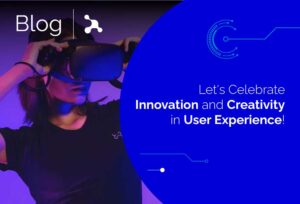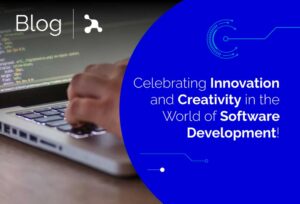In the digital era, artificial intelligence (AI) has become the driving force behind significant innovations, and its impact on creative sectors is hard to overlook. From content production to advertising and design, AI is a powerful ally in boosting efficiency and productivity in creativity-focused areas.
How does AI aid in creative processes?
- The Creative Revolution of Artificial Intelligence
In recent years, we have witnessed how AI HAS REVOLUTIONIZED THE WAY WE APPROACH CREATIVITY, as advanced algorithms and deep learning models have enabled creative professionals to tackle repetitive tasks. Imagine a graphic designer working on visual content creation for advertising campaigns. Before the advent of AI, a significant portion of their time was devoted to repetitive tasks such as color adjustments, font selection, and image editing to adapt them to different formats. This process, while crucial, consumed valuable working hours that could have been spent on generating innovative ideas.
With the implementation of advanced algorithms and deep learning models, this designer can now automate many of these tasks. - Intelligent Automation in Content Production
In the world of content production, AI has paved the way for intelligent automation. From automatically generating text and optimizing images to algorithm-based video editing, AI-powered tools have allowed creators to focus on narrative and aesthetics without wasting time on mechanical tasks. - Personalizing User Experiences with AI
User experience (UX) is a key area where AI has left its mark. Through data analysis, artificial intelligence can understand user behavior patterns, enabling deeper and more meaningful personalization. From content recommendations to interface adaptation, AI drives experiences tailored to individual preferences. For example, deep learning models can analyze large datasets to identify successful design trends and user preferences, providing designers with automatic recommendations on visual styles, content layout, and interactive elements that have proven effective in similar situations. - AI-Assisted Design
In the field of design, AI-assisted tools are changing the way we conceive and create. From automatically generating prototypes to identifying design trends, artificial intelligence collaborates with designers to improve efficiency and ensure visually striking results. For instance, AI supports the execution phase by suggesting real-time adjustments; advanced algorithms analyze composition, color palette, and element arrangement, offering instant suggestions based on best practices and historical audience response. - Creativity Empowered by Artificial Intelligence
Contrary to common belief, AI doesn’t replace human creativity; instead, it empowers it. By analyzing large datasets, artificial intelligence can provide valuable insights, inspiring new ideas and creative approaches. THIS FUSION OF ARTIFICIAL INTELLIGENCE AND HUMAN CREATIVITY is shaping an exciting era of innovation in creative sectors.
In conclusion, artificial intelligence plays a fundamental role in transforming creative sectors. From content production to user experience personalization and AI-assisted design, efficiency and productivity are on the rise. By embracing artificial intelligence, creative professionals are paving the way towards a future where the collaboration between technology and creativity redefines the boundaries of innovation.
The creative revolution driven by AI is in full swing, and the results are impressive




